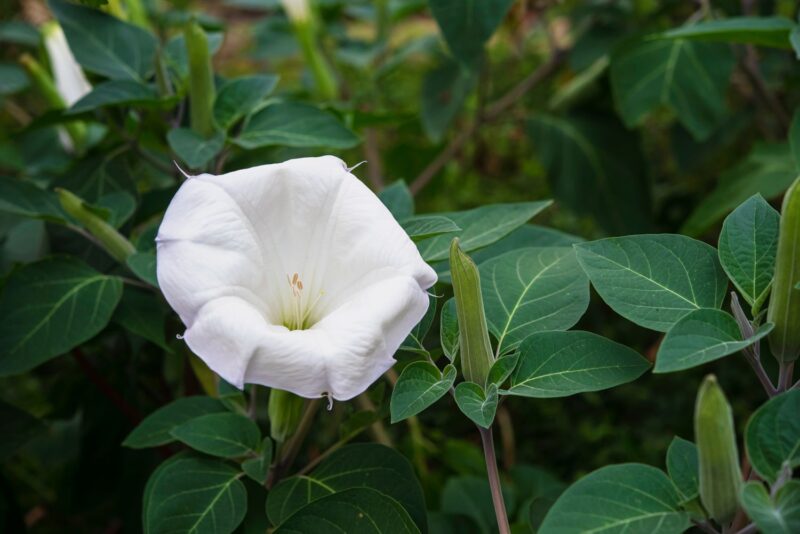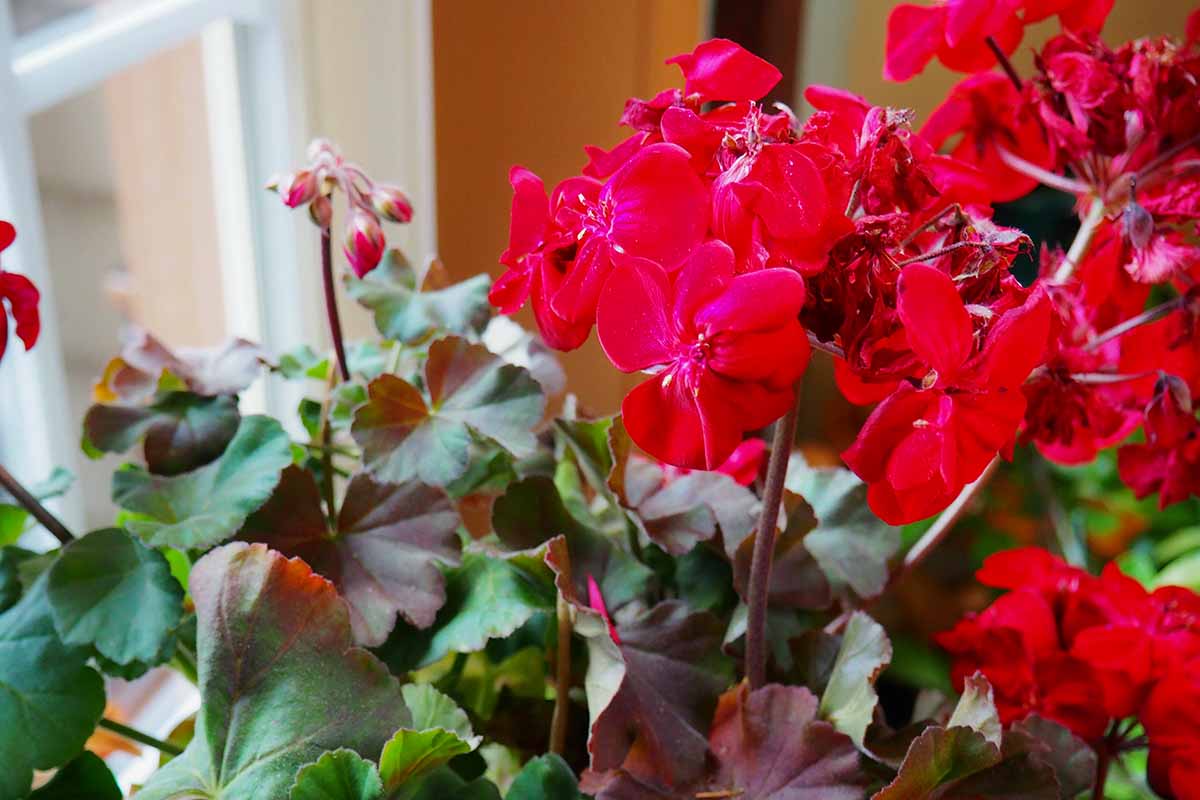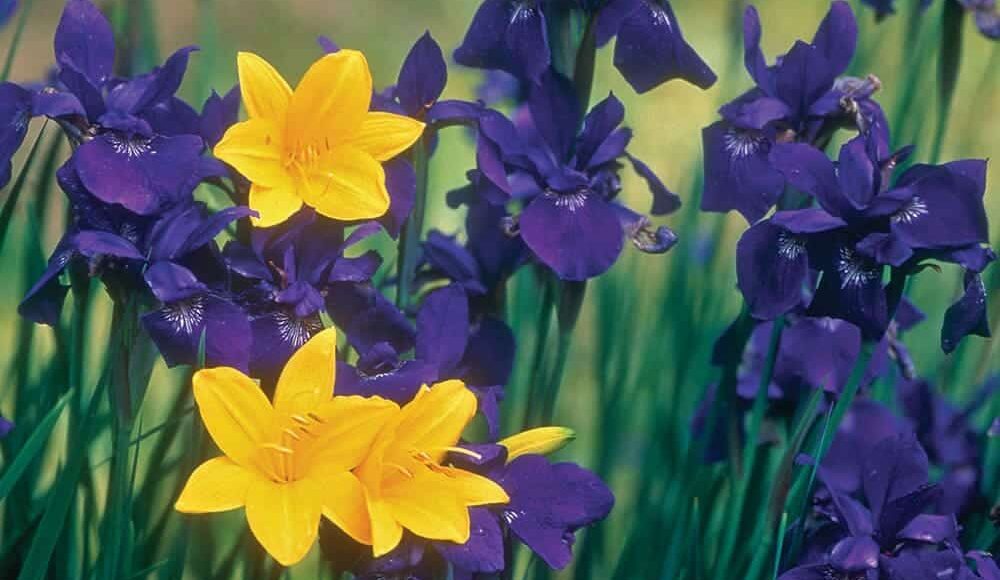Introduction:
Moonflowers, scientifically known as Ipomoea alba, are enchanting and mysterious plants that bloom in the moonlight, filling gardens with their fragrant, large, white blooms. As members of the morning glory family, these nocturnal beauties are easy to grow, provided you understand their specific requirements. In this comprehensive guide, we will explore the fascinating world of moonflowers, from planting and nurturing to troubleshooting common issues. By following these tips and tricks, you can cultivate a garden filled with the ethereal beauty of moonflowers.
Understanding Moonflowers :
Moonflowers are fast-growing, perennial vines native to the Americas. These climbers can reach impressive heights, making them ideal for trellises, fences, or arbors. Moonflowers are renowned for their large, heart-shaped leaves and show-stopping, fragrant white flowers that open in the evening and close at sunrise. To cultivate these magical blooms successfully, it is essential to comprehend their growth cycle, environmental preferences, and specific needs.
Selecting the Right Location:
Moonflowers thrive in full sunlight, so selecting the right location is crucial for their growth. Choose a spot in your garden that receives at least 6 to 8 hours of direct sunlight daily. Ensure the area has well-draining soil to prevent waterlogged roots, as moonflowers prefer slightly moist but not soggy conditions.
Planting Moonflowers :
Plant moonflower seeds directly in the soil after the last frost date in your region. Before planting, soak the seeds in water overnight to soften the hard seed coat, promoting quicker germination. Create a small hole about an inch deep and place the soaked seed inside, covering it with soil. Space the seeds 6 to 8 inches apart to allow ample room for growth. Water the newly planted seeds gently.
Proper Watering Techniques :
Moonflowers require consistent moisture, especially during dry spells. Water the plants deeply once a week, ensuring the soil remains consistently moist but not waterlogged. Using a soaker hose or drip irrigation system can help maintain the right level of moisture without disturbing the delicate roots.
Providing Support and Training :
Since moonflowers are vigorous climbers, providing adequate support is essential. Install trellises, bamboo poles, or fences near the plants to offer them a structure to cling to. As the vines grow, gently guide them towards the support, encouraging them to climb. Regularly check the tendrils and help them attach to the support to prevent entanglement and ensure a neat appearance.
Fertilizing Moonflowers :
Moonflowers are relatively low-maintenance plants, but they benefit from occasional feeding. Use a balanced, all-purpose fertilizer once a month during the growing season (spring and summer) to provide essential nutrients. Avoid over-fertilizing, as excessive nutrients can promote foliage growth at the expense of flowers.
Dealing with Common Pests and Diseases:
While moonflowers are relatively pest-resistant, they can occasionally suffer from aphid infestations or fungal diseases. Monitor the plants regularly and use natural remedies like neem oil or insecticidal soap to deter aphids. To prevent fungal issues, avoid overhead watering, provide good air circulation around the plants, and remove any affected foliage promptly.
Harvesting Moonflower Seeds :
Once the moonflowers have bloomed and started to fade, they produce seed pods. Wait until the pods turn brown and feel dry before harvesting them. Gently open the pods and collect the seeds. Store the seeds in a cool, dry place for planting in the next growing season or sharing with fellow gardening enthusiasts.
Conclusion :
Growing and caring for moonflowers can be a rewarding experience for gardeners of all levels. By understanding their unique characteristics and following these tips and tricks, you can cultivate a stunning moonflower garden that enchants everyone who beholds it. Remember the importance of sunlight, proper watering, support, and occasional feeding to ensure the health and vitality of your moonflowers. With a little patience and dedication, you can enjoy the mesmerizing beauty of these nocturnal blooms in your own backyard, adding a touch of magic to your outdoor space. Happy gardening!





